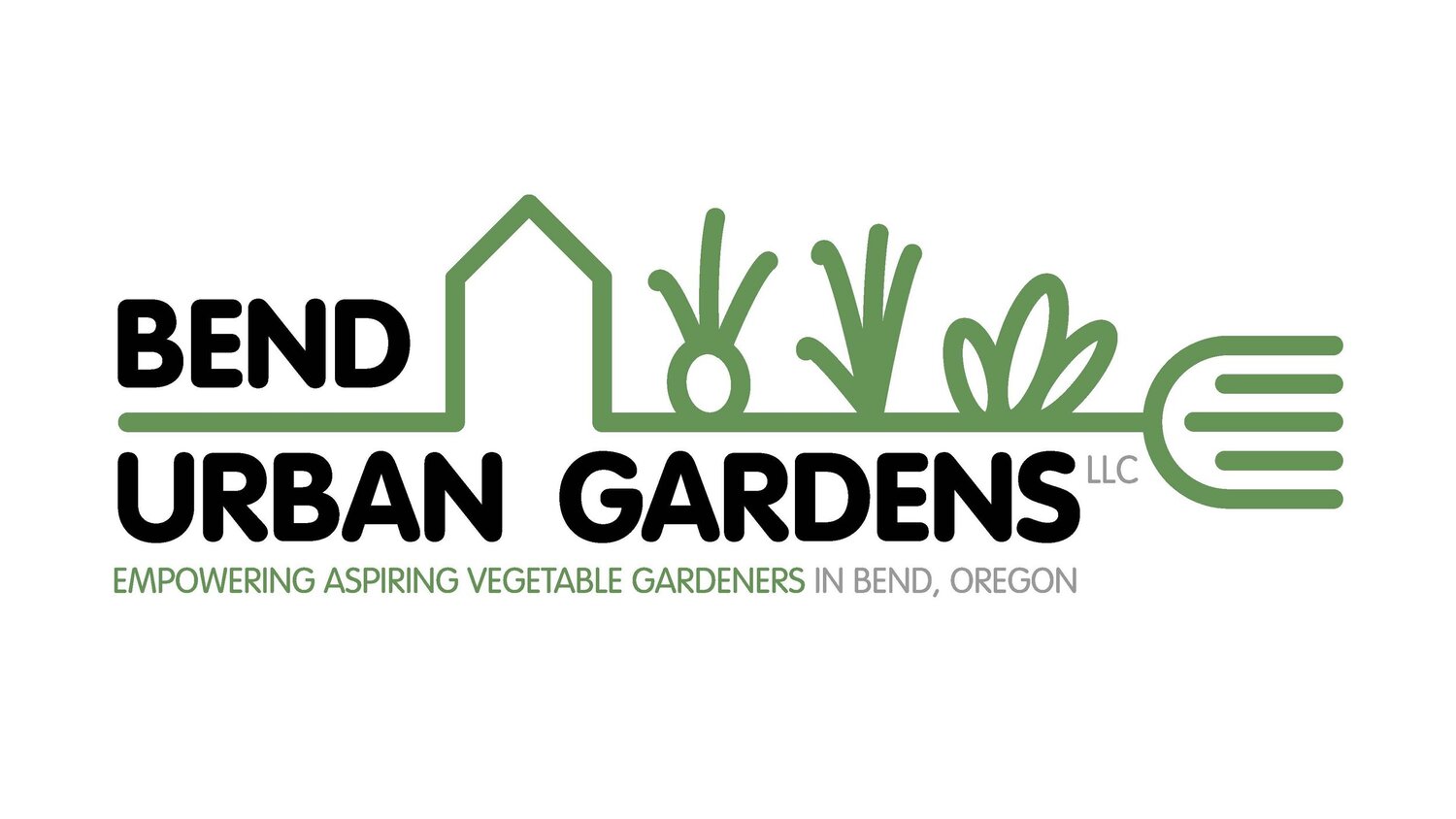This ‘Superdukat’ dill seed is a pretty big dill! Literally.
Saved from the BUG demonstration garden in midtown Bend, ‘Superdukat’ plants can reach 4.5- 5’ tall. Even if dill leaves (dill weed), flowers, or seeds aren’t your favorite culinary flavor, the flowers can be used a cut flower, or, if left in the garden, contributes greatly to a balanced ecosystem.
Seeds typically germinate in 7-21 days when soil temperature is consistently between 50-80 degrees. Seed can be direct sown into a sunny garden space 3-4” apart at 1/4” deep (or twice the size of the seed deep) when the soil temperature is warm enough. We prefer to start plants indoors (2-3 seeds per cell) and transplant outside 4” apart at the end of May/early June (sometimes earlier depending on the 10 day forecast). Dill has some frost tolerance, but is not the hardiest of annual herbs in super cold springs, so frost cloth wouldn’t be a bad option depending on your microclimate. Make sure to keep the top of the soil consistently moist to promote germination. If you are growing plants for flowers and seed, thin plants to 12” apart.



If you let your plants flower and drop seed, you’ll likely have volunteer seedlings pop up in subsequent growing seasons, so you may only have to plant once! Expect to patiently wait 55-65 days from planting to harvest the leaves, and 90+ days to harvest the seed. Harvest seed heads just as you notice the seeds starting to turn a golden brown. Foliage can also be dried (best dried in the dark to preserve color & flavor) and seeds can both be dried and stored to use in the future. We typically simply cut the dried plants at the base of their stems, leave the roots in our garden soil to decompose, and store the dried seed heads in paper bags. Seed viability (if kept in a dry, cool, dark place) is typically 3 years.
Dill isn’t just for pickles! It attracts insects that you want in your garden, both pollinators and natural predators to feast on pests. This list includes green lacewings, ladybugs, parasitic wasps, and hoverflies, among others. The tiny umbrella-shaped flowers of dill have a shallow nectary, which attracts almost all aphid-eating beneficial insects. Also, the fragrance of dill can help “hide” host plants from flying pests when interplanted among your veggie crops. Dill is a great companion plant with brassicas (broccoli, cabbage, kale, etc.) in particular. It can help prevent those dreaded cabbageworms from devouring your plants!
Want some help planning your garden? Check out our crop planning options!
